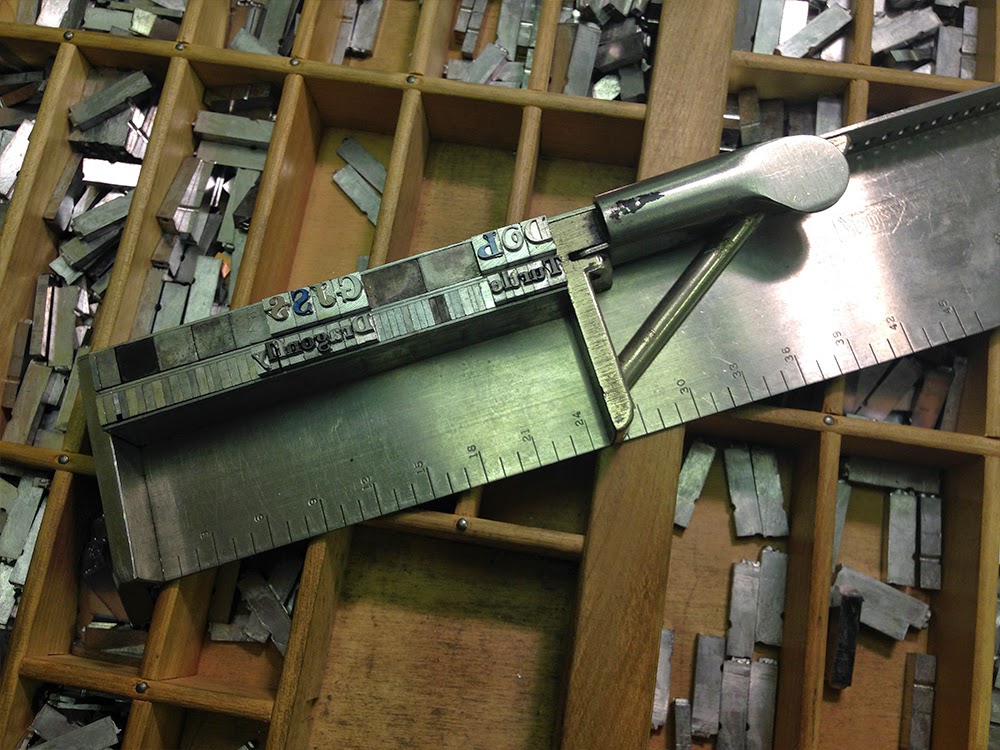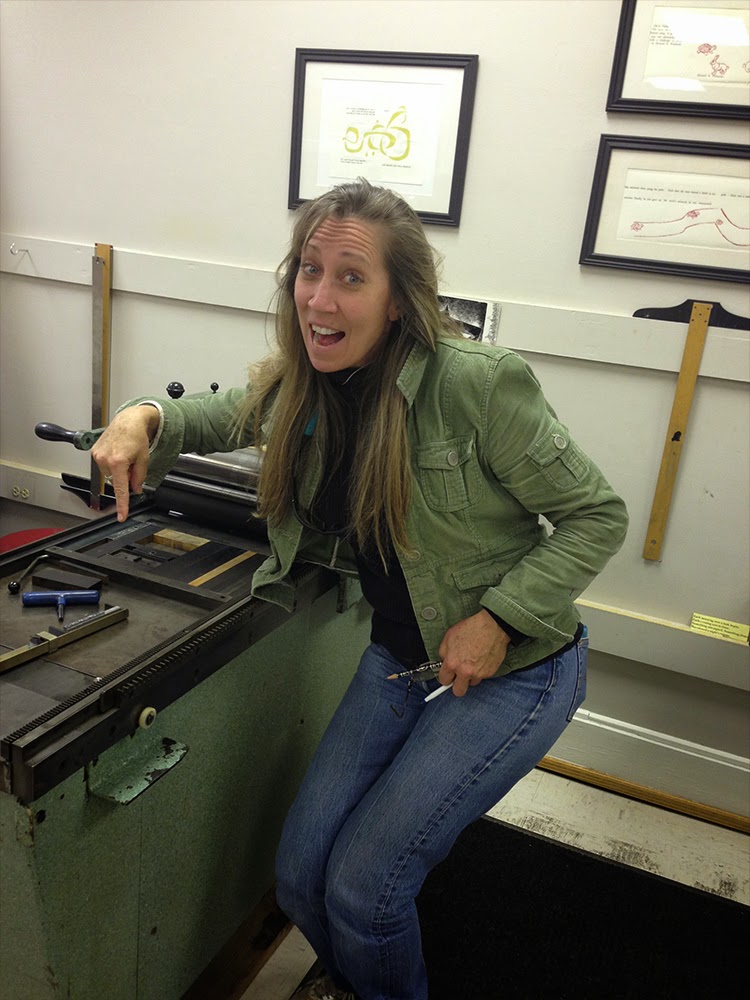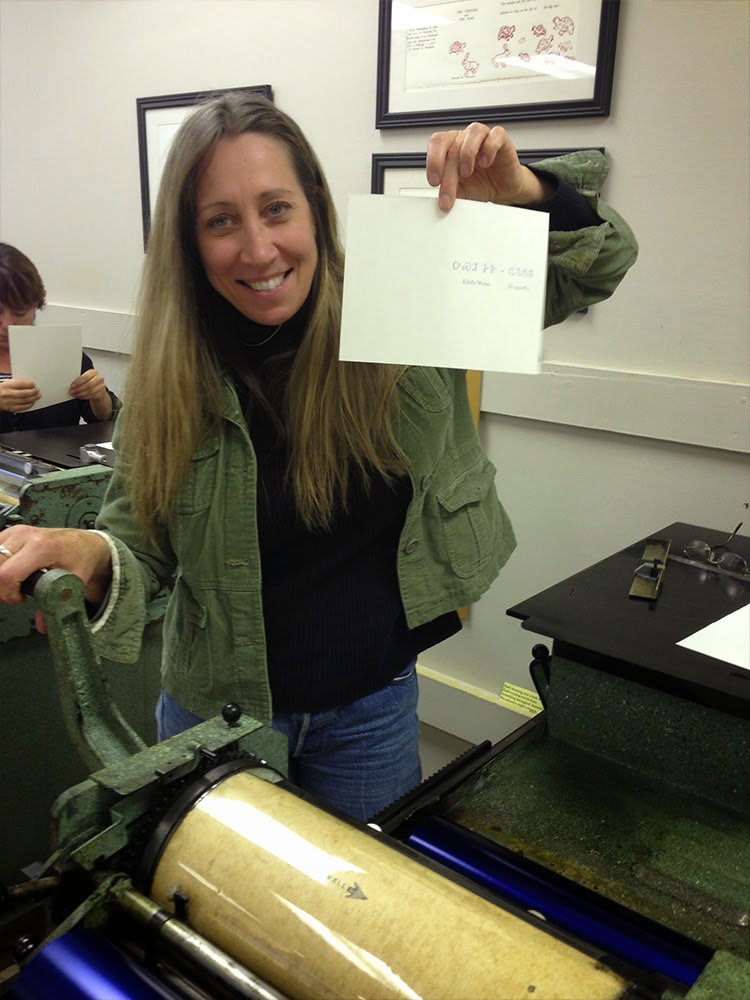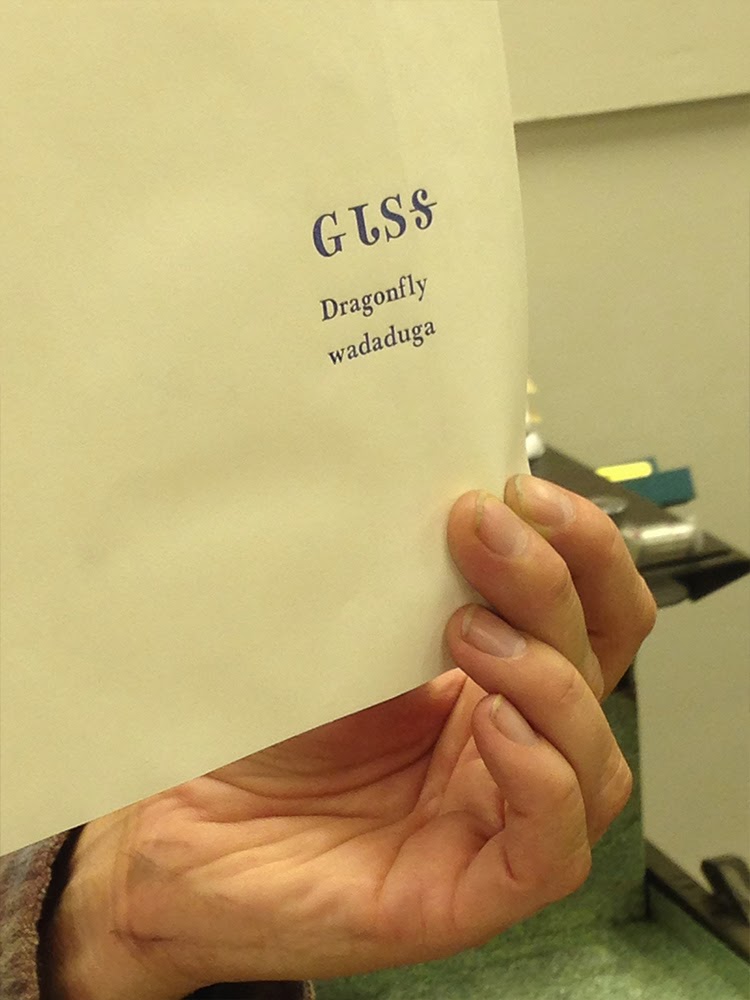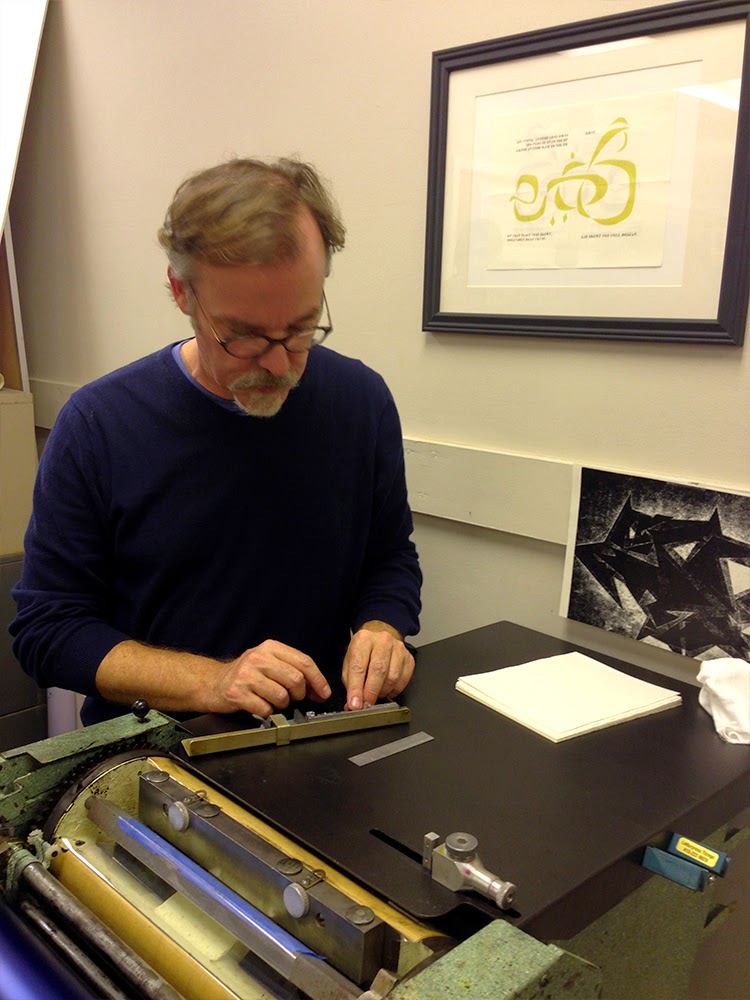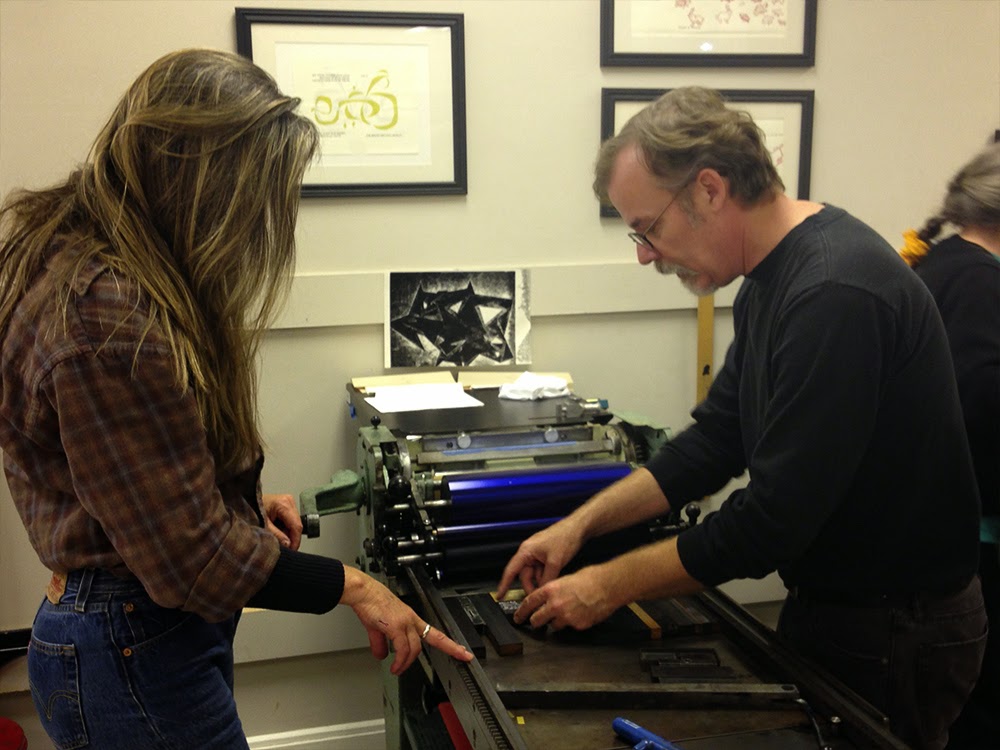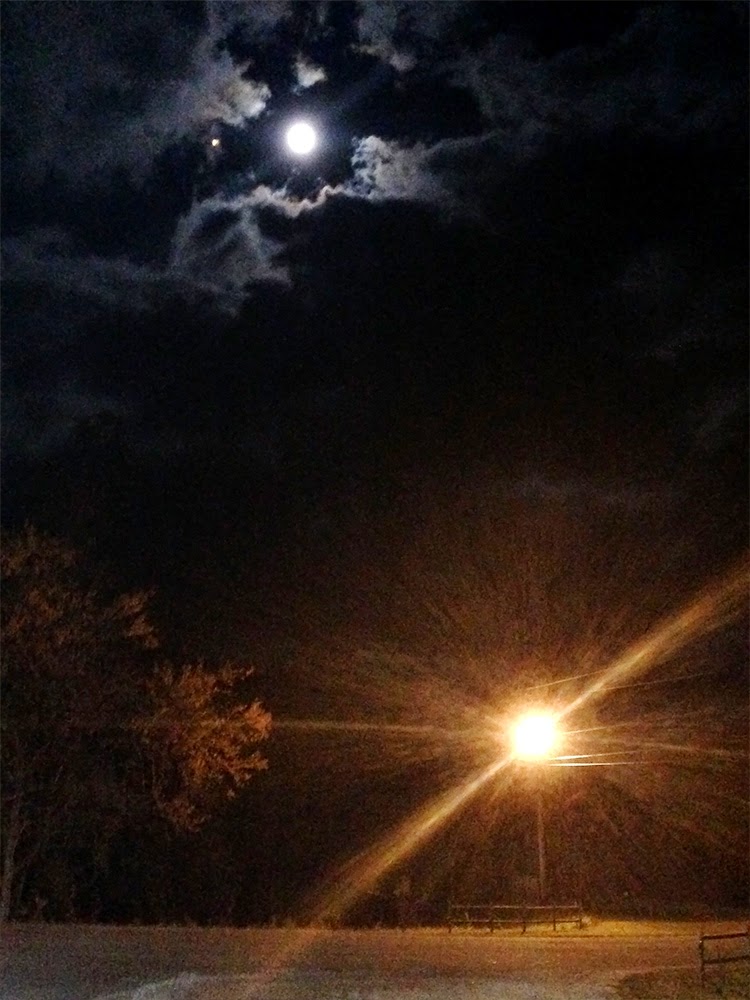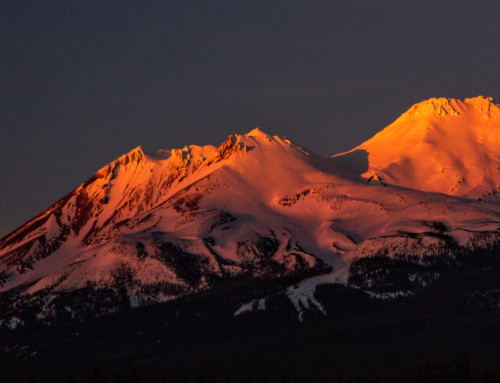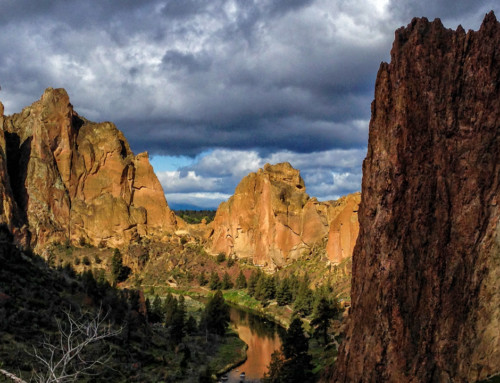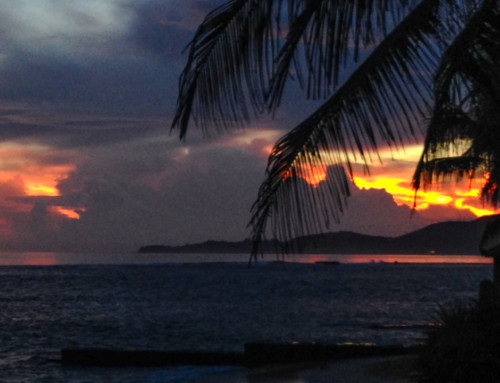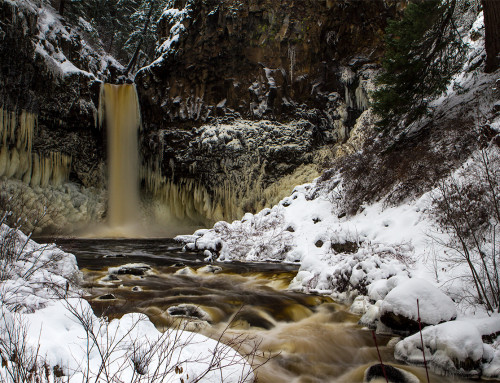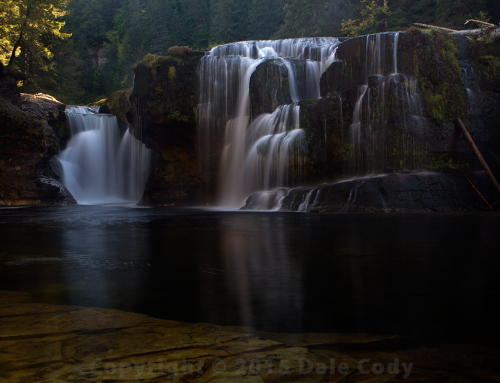Cherokee Letterpress Workshop
I think many, if not most, designers will tell you that at some point in their careers they had a fascination, or flat out love affair, with Letterpress. If you love typography as I do, then I believe this is especially true. Dell and I have been taking a series of workshops that combine Letterpress printing with the Cherokee language and syllabary. It’s just a fascinating and totally enjoyable experience in all respects. I’m learning so much.
The Cherokee syllabary has 84 characters compared to the 26 for English and each glyph is a small work of art. Some of them resemble English letters, so this can sometimes be confusing to noobie learners like me. For example, there are three Cherokee letters that look similar to an “S” for my untrained eyes and other glyphs that look like a “J” facing left and right.
To create text and words in Letterpress, you have to assemble each metal letter called a “sort” backwards on lines using a metal composing stick. This is so they will print correctly when inked and run through the actual press. Each line or text is spaced or separated using a thin bar of metal called leading. So, for those of you out there familiar with typography, these will be familiar terms. Letterpress it turns out, is the genesis for many terms we commonly use today in design, word processing and printing.
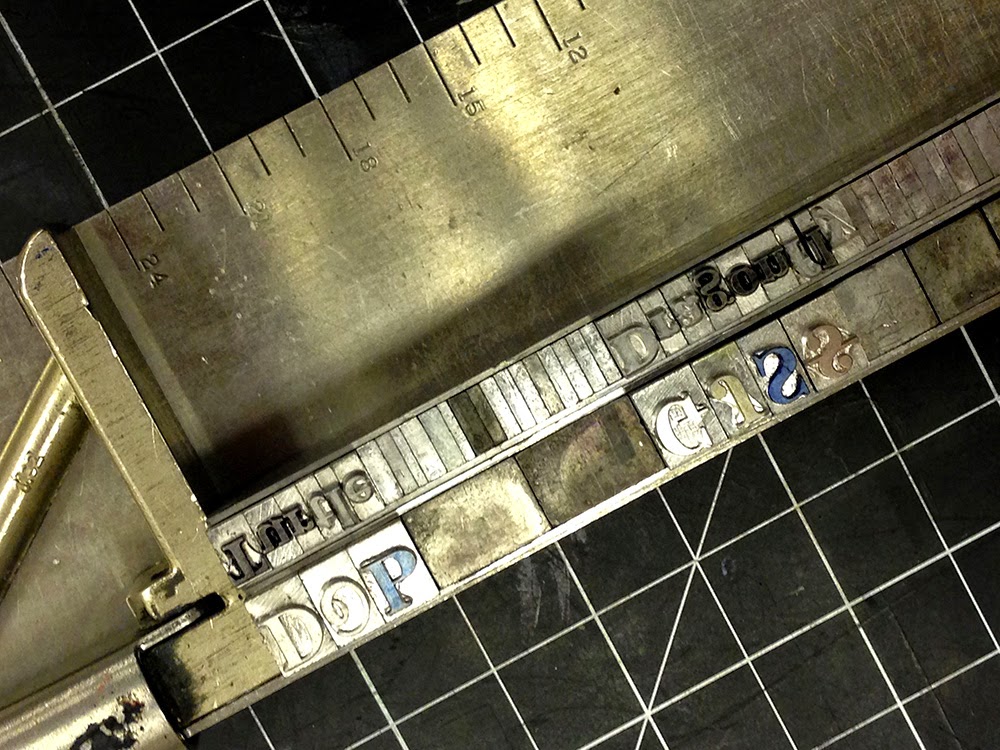 |
| Assembling the letters/glyphs on the metal composing stick |
Another common term most people are familiar with are Upper and Lower Case to denote capital letters and their regular smaller counterparts. This comes from the wooden drawers separated into little compartments that hold and organize the metal “sorts” representing the alphabet. These are the “cases” and are organized so that each letter is easy to find and put back. Hence, Upper and Lower Case letters and the like.
Frank, the instructor, is wonderful and makes it all easy and fun to learn. Even for those native Cherokee speakers in the class, Letterpress is new, so we’re all learning something and helping each other out. Last week we printed our own names in English and Cherokee, and this week we picked animals and assembled the words using Cherokee glyphs, English translations and just plain English. You can see an example above where Dell is using Dragonfly. The Cherokee word is pronounced “Waduduga” in English. All three variations can be seen above.
Letterpress is a very old method of printing and has its genesis in the same sort of technique used by the Gutenberg Press. Despite a massive improvement over older methods, such as hand writing, where all text had to be created by individual scribes, it is still a time consuming and laborious process to design, assemble and print multiple pages or documents. When Letterpress was replaced by newer and faster methods such as Offset Printing, many artists and craftspeople found they could obtain these presses extremely cheaply and so a small dedicating following still employs Letterpress to create fabulous short run projects to express their creativity and love for typography. There are other things you can do with it too, but more on that in another article.
One of the cool historical things that Frank had to show us were copies of some original news sheets printed in the Cherokee nation before forced removal by the USA government that resulted in the Trail of Tears (1838 – 1839). My knowledge of the persons and events surrounding this terrible tragedy are only in their infancy, but I still recognized the names of some well-known people connected to this event at the time. To read their articles in tribal papers written prior to, or during these tragic events brings a much more personal face to them.
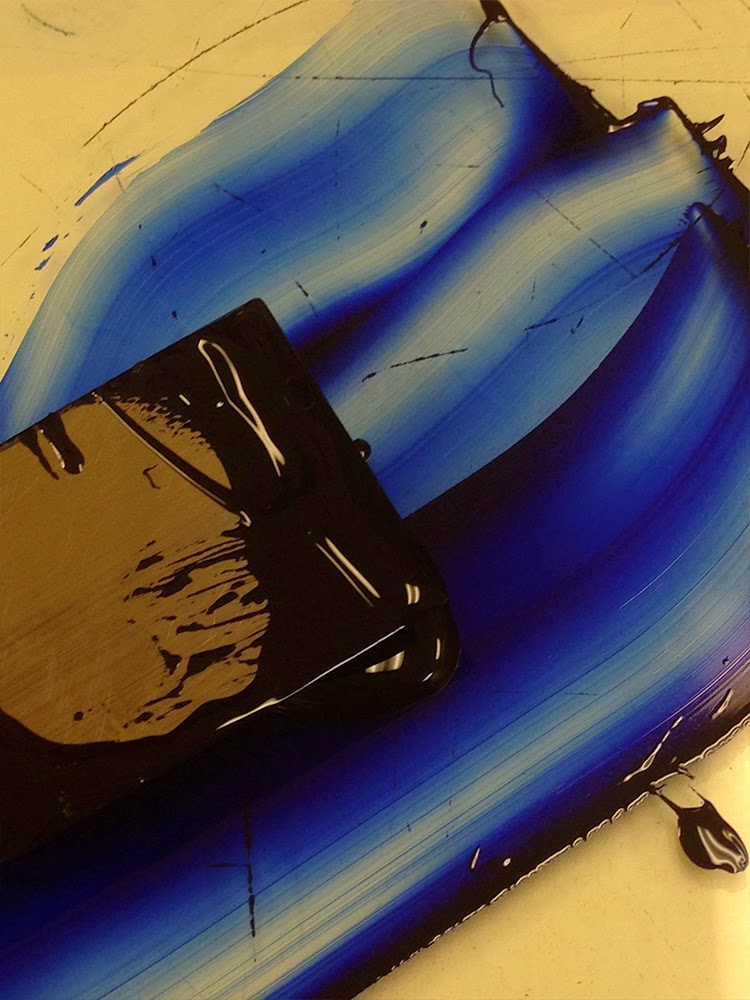 |
| Mixing the thick blue ink before applying to the press cylinders |
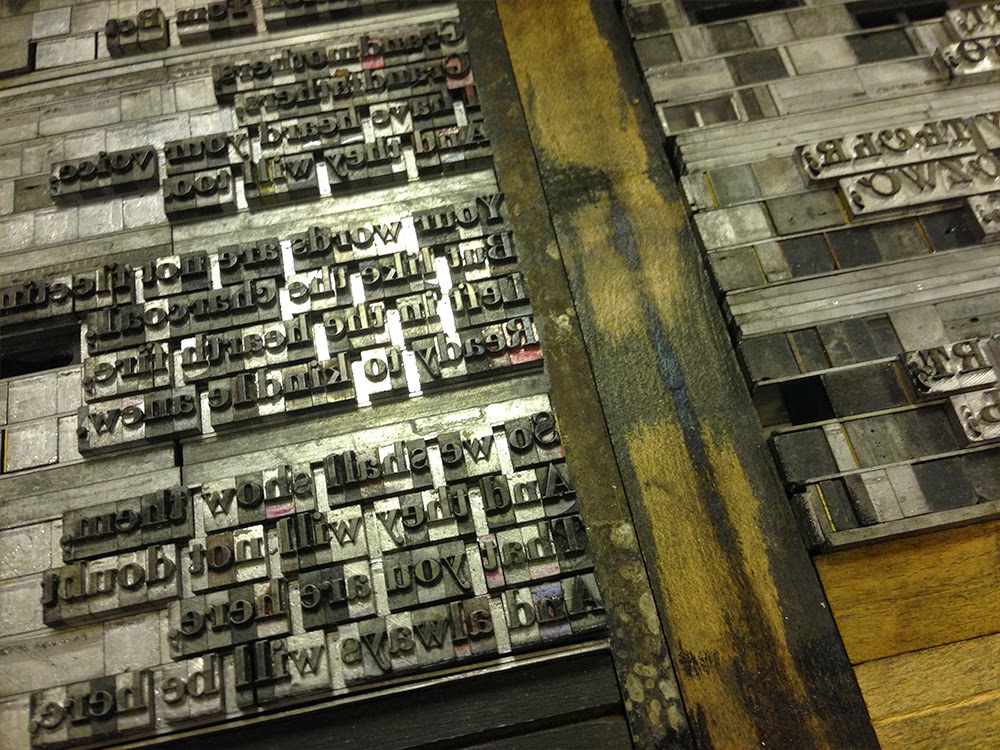 |
| A more complex text assembly |
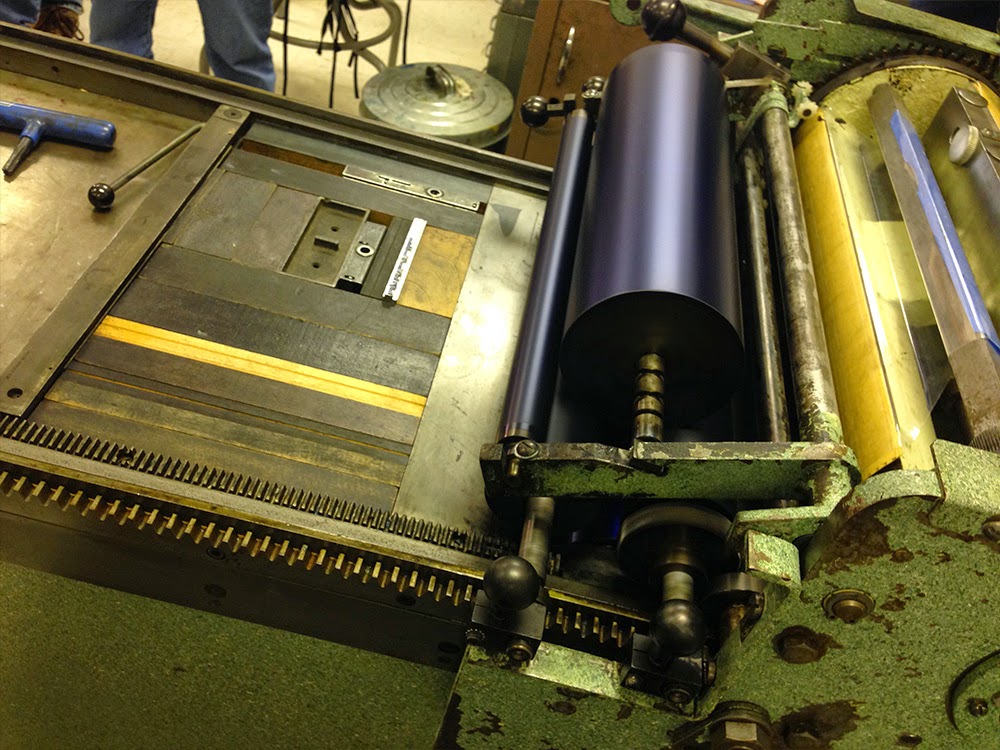 |
| The press showing the inking cylinders and part of the bed with single line of text |
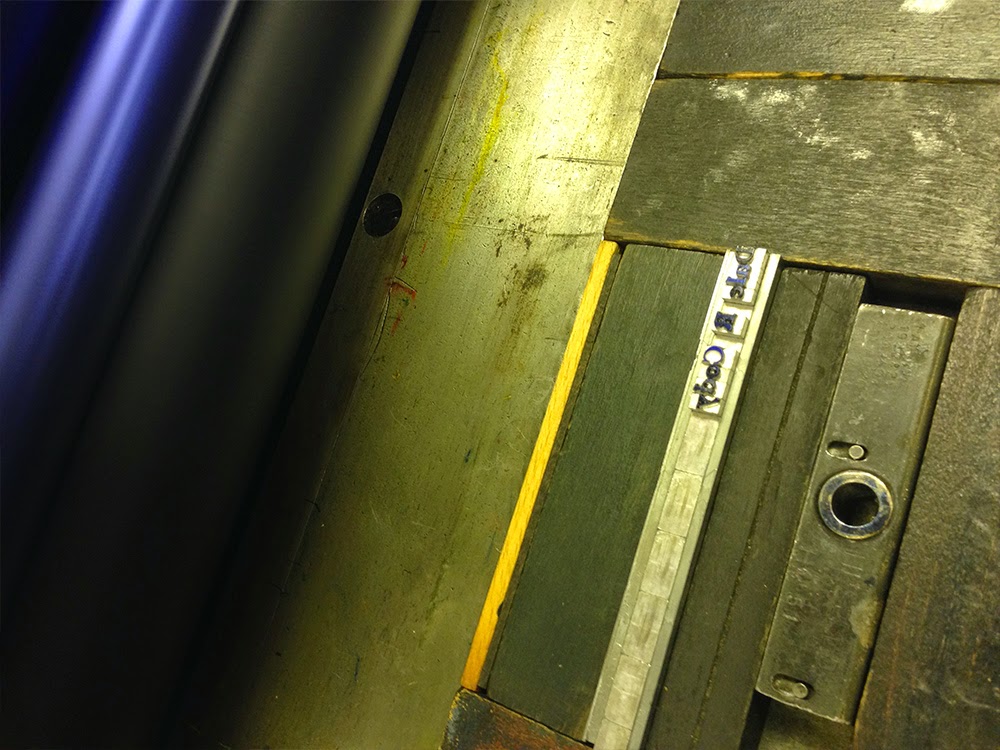 |
| My name spelled backwards using sorts and ready to print. The wood holding it is called “furniture.” Inked rollers at far left. |
Once you’ve finished assembling your type on the composing stick, they are then transferred onto the
press and secured in place by essentially building a little fort around them made from various little wooden blocks called “furniture.” You can see the type spelling my name above, inked and ready to print. The cylinders are blue because that is the color of ink we were using to print with.
You apply a thick ink to the rollers with a small palette knife when they are not moving and then turn the press on using trip mode. The cylinders move back and forth against each other smoothly distributing the ink across the printing roller’s surface. Then you clamp paper into the press and crank it over the rollers turning around as it goes. The ink is then transferred to the paper via the raised surface of the metal letters (sorts) and voila! you have your print.
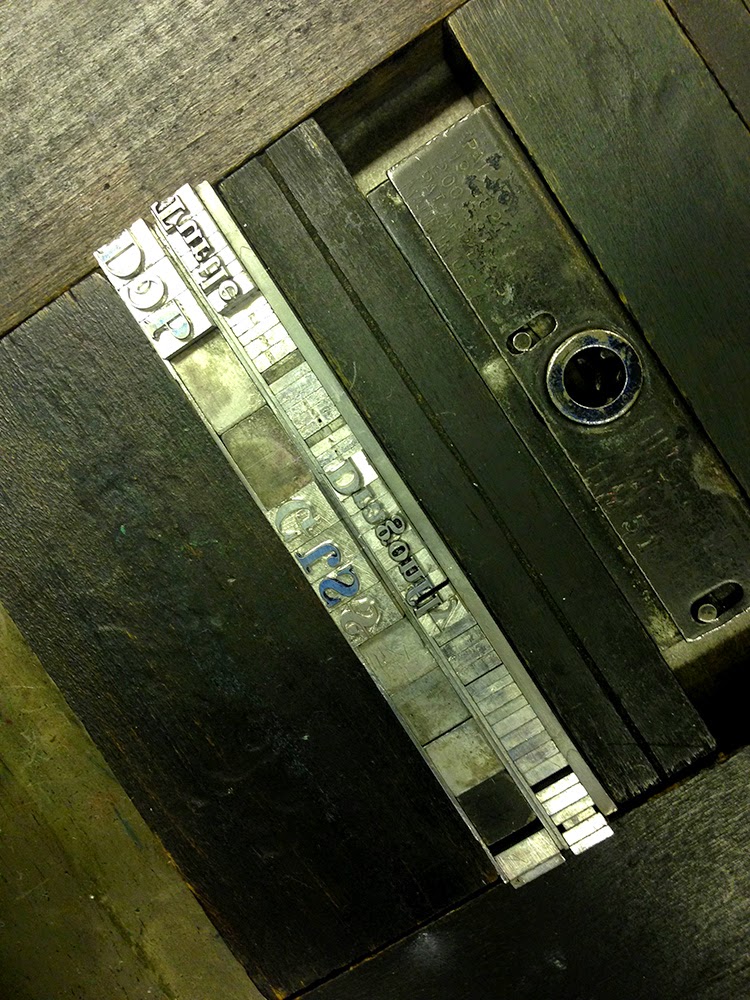 |
| Cherokee and English words for turtle and dragonfly backwards in the press & ready to ink |
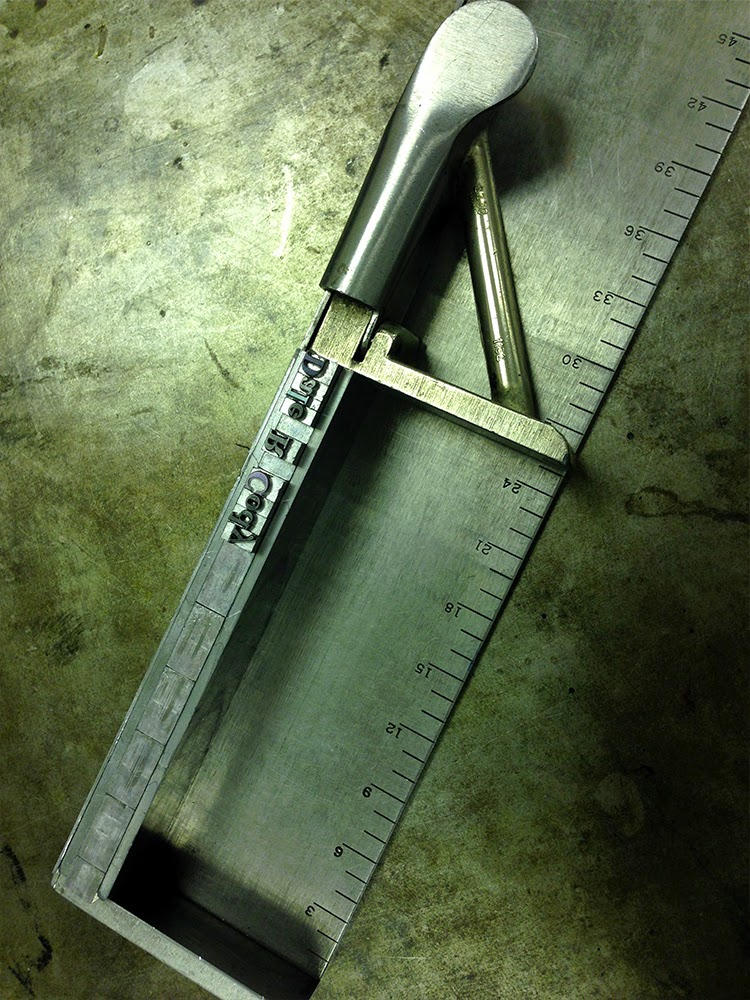 |
| My name in the composing stick |
The two words I chose to print were “Turtle” and “Dragonfly” because these are evenly split as my animal totems. The Cherokee word for turtle is “Daksi” and pronounced more like “Dakshi.” Dragonfly is “Wadaduga.” My computer keyboard is not set up for Cherokee right now so I can’t type it here, but you can see them in some of the photos above. I did manage to get the Cherokee syllabary set up on my iPhone so I am able to type in the Cherokee language with that. Unfortunately I still only know a few words so not much I can do with it yet. Soon though I hope.
Next week we are going to print our own drawings using the same presses, but a different technique for etching and printing. I’m looking forward to drawing both my animal totems and seeing what they look like using these old and venerable techniques.
The moon and clouds were just incredible when we left the workshop that evening and I’m including one of those pics above that I took with my iPhone. Halloween was the week before, but this seemed like such a perfect spooky night sky for Autumn. Stay tuned for more from the Southern Appalachia as well as some stories from other places I’ve visited recently.

